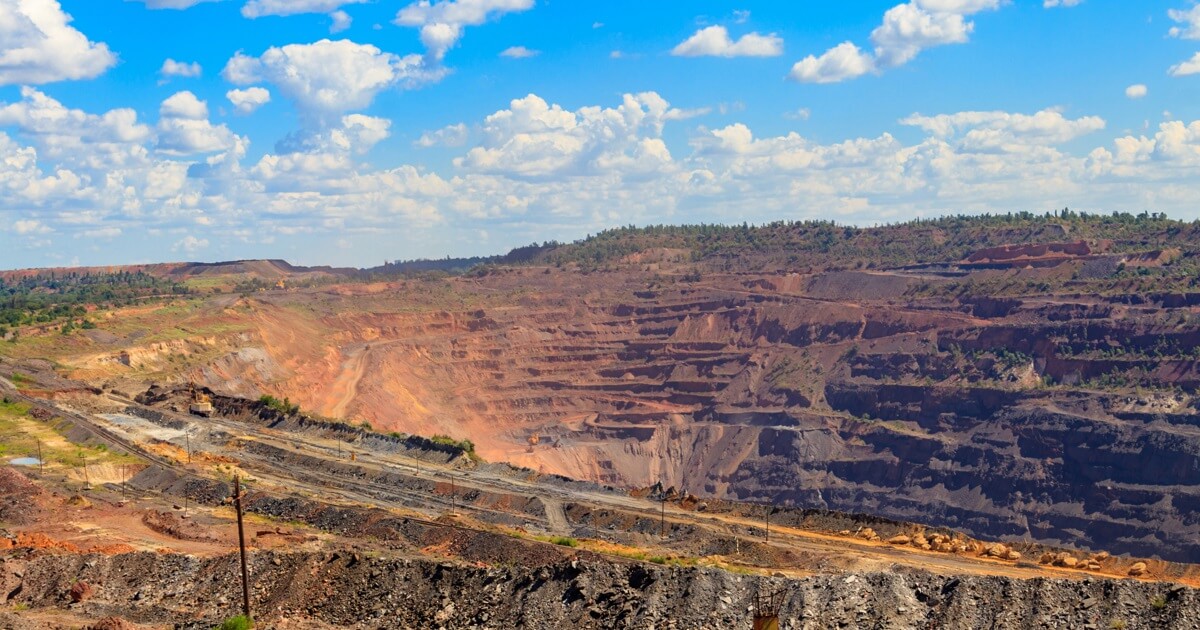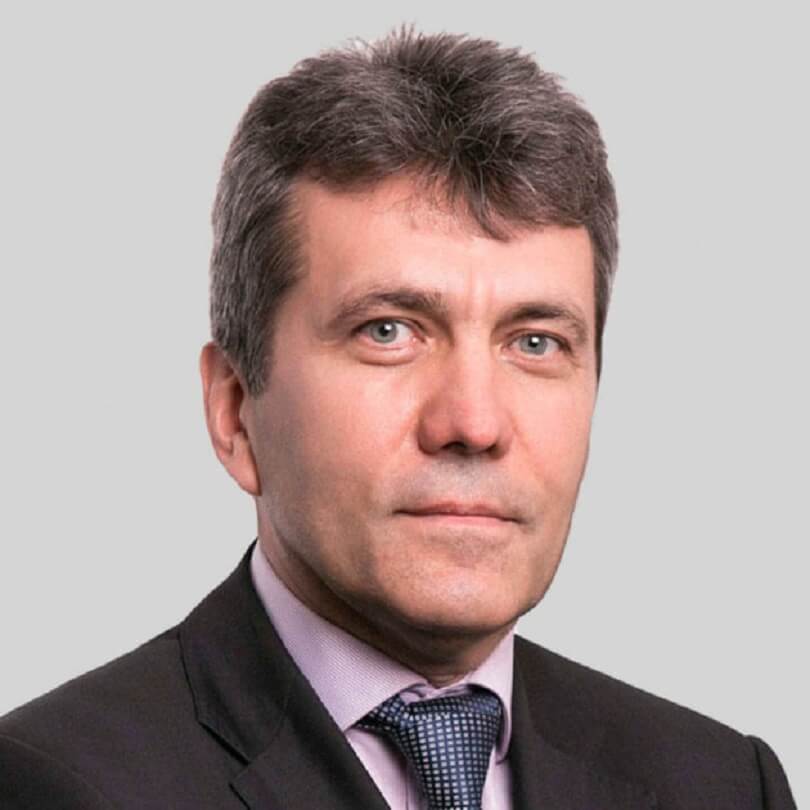
The use of indicative prices for taxation is not a fair and economically sound approach
All attempts to increase taxes for companies of the mining & metals sector can be explained by current high prices around the globe. As a rule, prices peak every 10–12 years.
This situation is mainly due to the fact that Brazil’s mining assets are facing problems and cannot supply required volumes of their products to the global market. This relatively small deficit has been a catalyst for a rise in iron ore prices. Yet high prices encourage everyone to mine and export more.
This wave of high prices will pass. No one knows exactly when it will end, but these peaks have never lasted long. It is price holes that are deep and long-lasting.
Needless to say, a company that makes more profit pays more taxes. Even without any price rise. Analysis of this year’s taxes and other payments by ArcelorMittal Kryvyi Rih shows an almost two-fold increase against last year’s payments to budgets of all levels. This increase is solely due to improvement of financial situation.
Moreover, if the enterprise has opportunities to earn more, it will have more opportunities to spend the money earned for the upgrade of its production facilities, including for environmental purposes, and technologies, because modernization requires large investments.
European countries strongly support environmental modernization. Instead of raising taxes, governments offer tranches or financial aid to enterprises for necessary technological modernization of production facilities. We don’t really hope that our government will help the mining & metals sector, but rather expect it not to interfere at least.
There is no need to gear rent payments in Kryvyi Rih to prices in Northern China. In fact, we do not know a single country where taxes are geared to prices for iron ore or products of its processing in China. In the world’s most developed countries, profit from mining activities serves as a tax base. In Australia and Canada, iron ore mining tax is actually a form of corporate income tax. In the United States, iron ore mining tax is levied on revenues from the sale of minerals at the federal level and on taxable profits at the local level.
The overwhelming majority of other countries, including developing economies, use sales revenues or net minerals income as a tax base. Some other countries apply combined taxation systems, where tax can be imposed first as a fixed amount per unit of weight of extracted minerals, and then additionally per unit of area of the mining site (India and China).
Post-Soviet countries engaged in iron ore mining and processing (Russia, Kazakhstan) apply a diversified approach. Sold iron ore is taxed based on indicative prices at the London Metal Exchange (Kazakhstan) or on the actual sales price adjusted for processing and transportation costs (Russia). If iron ore is not sold, but used in economic activities, a tax base is the actual cost of production and primary processing (Russia) increased by the minimum profitability ratio of 20% (Kazakhstan).
For instance, ArcelorMittal Kryvyi Rih consumes 75–80% of mined iron ore and processes it into metal in Ukraine. Iron ore exports are not our core business. We are a steelmaking company. And our primary objective is to provide ourselves with raw materials. We mine a little more iron ore than we can process, and ship the rest to Europe. It is therefore very difficult for us to understand why we should use IODEX 62% Fe CFR China according to Platts to determine a tax base.
A working group has recently been created in the parliament to examine the draft Law No. 5600. We have immediately presented our proposals to it.
Taking stock of the experience of many developed and developing economies, we consider the Brazilian model, where a tax base is net income (revenues from the sale of mineral resources decreased by the amount of indirect taxes, insurance and transportation), in combination with a model used in Kazakhstan for taxing unsold iron ore based on its production cost increased by profitability margin to be the most suitable option for Ukraine.
The use of indicative prices for determining a tax base is not a fair and economically sound approach. This model does not take into account real revenues and income of mining companies (in particular, the quality of iron ore, real conditions and sales markets, transportation costs, etc.).
The application of the mechanism that we propose is quite acceptable both for the government and for mining enterprises that pay rent for subsoil use. The application of the proposed model will considerably increase budget revenues from rent payments. At the same time, this increase will deal no blow to the industry.






